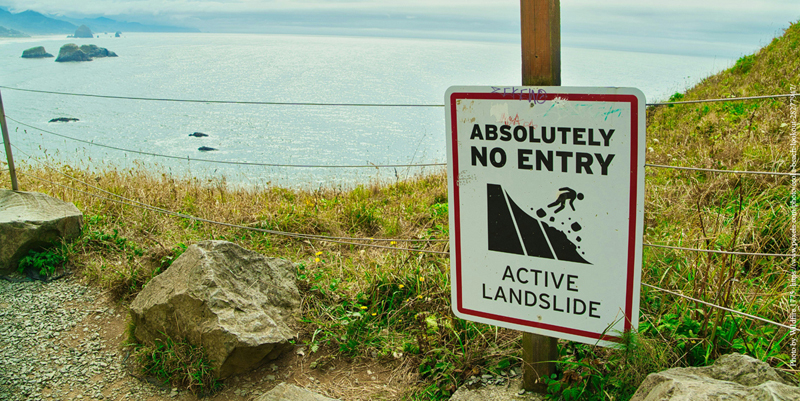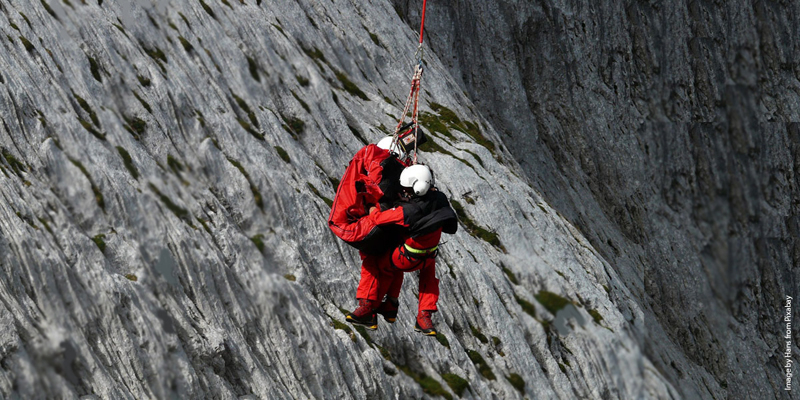Sarah Alban reports on how high-accuracy mobile technology is helping the city treat hundreds of thousands of ash trees under dense canopy where GNSS signal is scarce
Named after the lavishly forested Mount Royal, the City of Montreal in Canada is known for its trees. So, when officials discovered the emerald ash borer in 2011, it was devastating. More than 200,000 trees, a quarter of which belonged to the city, were at risk.
Native to Asia, the emerald ash borer can lay up to 300 eggs. These become larvae that bore s-shaped furrows, eventually killing the tree. The beetle spreads fast and there is currently no pesticide to eradicate it.
Faced with the eventual death of hundreds of thousands of trees, the city’s forestry department needed to create a high-accuracy inventory to track, treat, and reforest every single ash tree. However, getting accurate GNSS location data under dense tree canopy is notoriously difficult. Most people are familiar with the effects of canopy on commercial GPS devices. A hiker might see her blue dot jump around as she follows a tree-covered trail, for instance, as the canopy distorts and sometimes blocks the GNSS satellite signals used for positioning.
In this environment, GNSS faces three main challenges.
First challenge: multipath interference
This is when a satellite signal bounces off something, such as a tree, and gets distorted. This introduces error into the accuracy. Many consumer-grade GNSS receivers won’t work as well because of this.
Second challenge: completely blocked signals
Under dense canopy, some satellite signals are simply unable to penetrate. This is known as ‘dilution of precision’ (DOP). A high DOP means fewer satellite signals are available and thus accuracy is poorer.
Third challenge: blocked SBAS signals
Satellite-based augmentation systems (SBAS) are used to augment accuracy, by helping to correct for conditions that impede GNSS signal integrity, such as ionospheric fluctuations. There are different SBAS systems in use all over the world: Europe uses EGNOS, Japan has MSAS and India has GAGAN; New Zealand and Australia are also currently testing their own SBAS.
However, SBAS signals can be hindered by dense canopy and in Montreal, the North American SBAS, WAAS, was being blocked.
Improving accuracy
When Montreal first discovered the emerald ash borer, it was stuck with time-consuming, inaccurate legacy technology – paper spreadsheets and consumer-grade Garmin GPS units. Field crews could only inventory 500 trees a year, often at up to only 15m accuracy. This made fighting the emerald ash borer nearly impossible.
“The forestry team needed to capture the location of each tree to ensure they could return to it in the future,” Montreal forestry technician Daniel Pilote says.
Pilote decided to migrate to a high-accuracy mobile solution. First, he replaced the paper spreadsheets with iPads to reduce human error. Next, he replaced the legacy Garmin GPS units with the Arrow 100 GNSS receiver from Canadian manufacturer Eos Positioning Systems (Eos).
Unlike most receivers, the Arrow 100 was designed for dense canopy. It improves accuracy threefold. First, it supports all four global GNSS constellations (GPS, GLONASS, Galileo and Baidou), providing the highest possible number of satellite signals under canopy. Next, it uses its own patented technology to reduce the effects of distorted and blocked signals, by understanding which signals have been distorted by multipath. It weights these signals as having less integrity, but still uses them to understand the user’s overall coordinates. This means that a higher number of satellites can be used with greater confidence, even despite multipath interference.
Finally, the Arrow 100 can improve SBAS corrections under canopy. Even after an SBAS signal has been lost in the forest, the Arrow will recall its signal data. It can use this data for up to 40 minutes to provide sub-metre corrections, until the user can reconnect to the SBAS signal and obtain new correction data.
“The Arrow 100 can maintain a differentially corrected position for about a half-hour without significant degradation,” Eos CTO Jean-Yves Lauture says. “That’s why the city of Montreal was able to get a high level of confidence.”
To capture the data generated by Arrow, Pilote installed Esri’s Collector for ArcGIS on the iPads. Essentially, the Arrow receiver performs its positioning work, generates coordinates and metadata, and send this to Collector on the iPad via Bluetooth. Collector then auto-populates the correct fields with the data. The result is a smooth user experience for sub-metre data capture, all while this processing and communication happens in the background.
As an added benefit, Collector runs on the ArcGIS Online platform. This cloud technology allows the data captured in the field to enter the forestry team’s enterprise geodatabase automatically. The result is a real-time, efficient and accurate data-collection workflow from field to office.
Saving the city’s landscape
In just a few years, Montreal transformed its fight against the emerald ash borer. While it was only able to inventory 500 trees in 2011, it inventoried more than 30,000 in 2017. Its confidence in the ash-tree inventory also increased, as the accuracy increased from 15m with the legacy technology to about 1m under dense canopy with the new system.
“With Arrow and Collector, we are able to nearly eliminate the number of errors in the field,” Pilote says. “It’s very efficient to take care of every single tree, in its exact location.”
Montreal now reduces the spread of the emerald ash borer by treating tens of thousands of trees per year with pesticide, while reforesting the worst-hit trees. Pilote estimates that within the next 30 years, all ash trees will have been replaced with sustainable saplings. Having this control over the beetle’s spread will let the city reforest sustainably, over time, and preserve its iconic landscape.
Sarah Alban is Senior Marketing and Content Strategist at Eos Positioning Systems (www.eos-gnss.com)
Subscribe to our newsletter
Stay updated on the latest technology, innovation product arrivals and exciting offers to your inbox.
Newsletter

